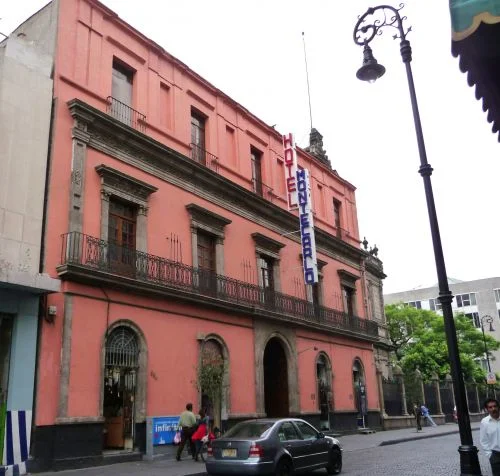To put the cut back in your strut and the glide back in your stride, there is nothing like a shoe shine. However, in most cities in the so-called developed world, it is pretty hard to find a shine at all. When you do, you are usually agreeing to pay a fee that implies a down payment on the college education of the shoe shine man's children.
Shoe shine stands, like the one pictured above, are all over the streets of Mexico City. It is still considered an honest form of work for someone like Julio Cesar, who spreads the grease on the corner of Coahuila and Insurgentes, outside the branch of Banamex. At the current exchange rate, the price -- 15 pesos -- is little more than a dollar.
I know that there are questions of dignity and political correctness and inequality here -- Julio Cesar, and most Mexicans, have few opportunities in life, and there is something wrong about a society where so many citizens can aspire to little more than shining shoes. Still, I cannot lie: After he finished work on these very old gunboats and had made them look like new, I was a happy man.







